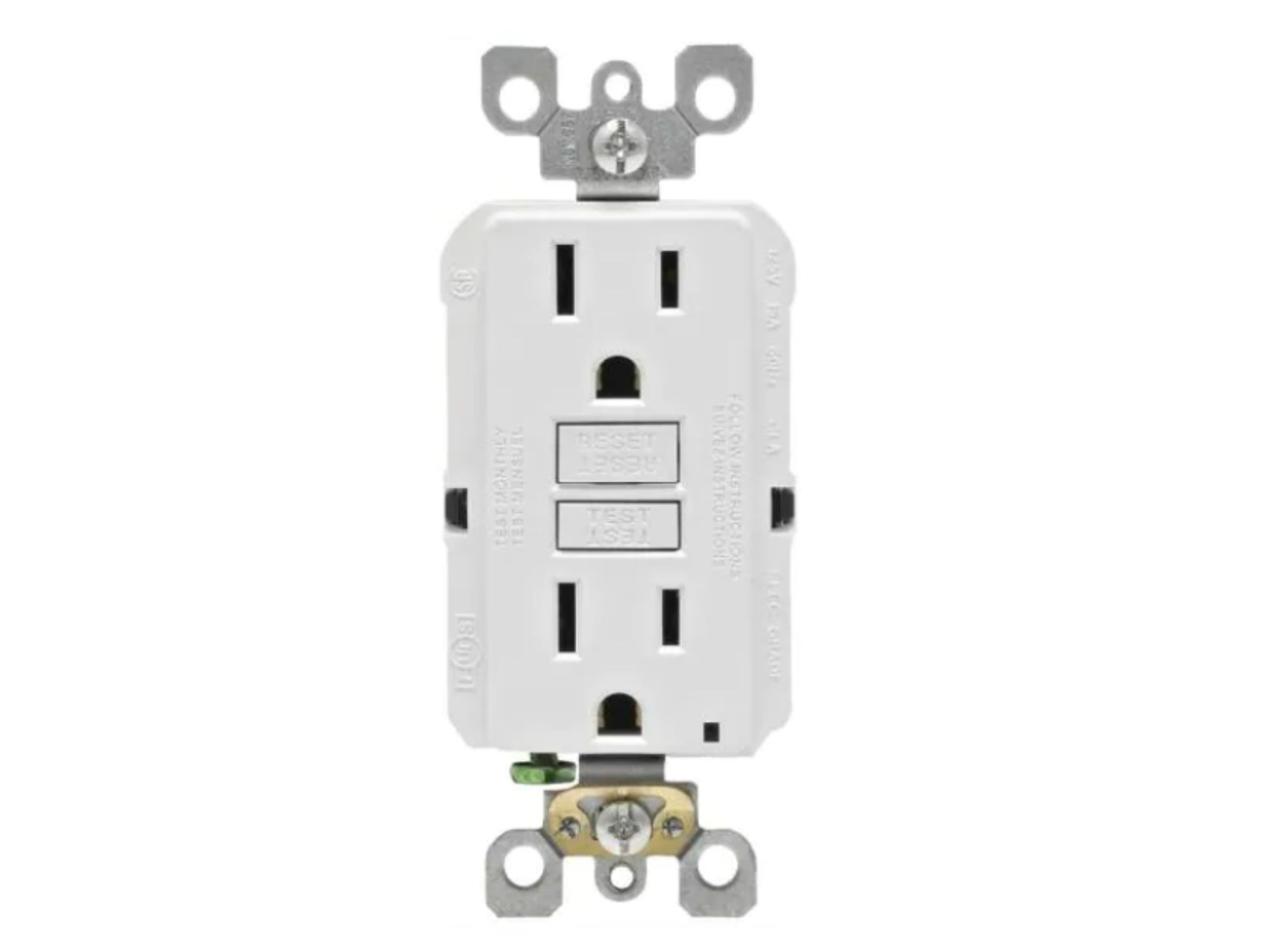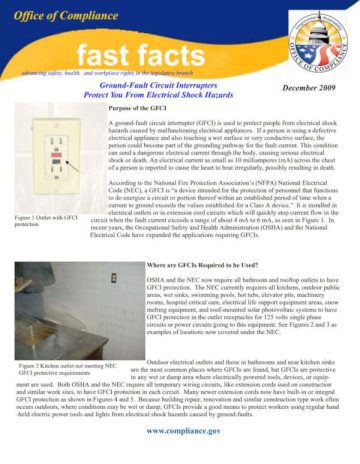Protect You From Electrical Shock Hazards
Purpose of the GFCI
A ground-fault circuit interrupter (GFCI) is used to protect people from electrical shock hazards caused by malfunctioning electrical appliances. If a person is using a defective electrical appliance and also touching a wet surface or very conductive surface, the person could become part of the grounding pathway for the fault current. This condition can send a dangerous electrical current through the body, causing serious electrical shock or death. An electrical current as small as 10 milliamperes (mA) across the chest of a person is reported to cause the heart to beat irregularly, possibly resulting in death.
According to the National Fire Protection Association’s (NFPA) National Electrical Code (NEC), a GFCI is “a device intended for the protection of personnel that functions to de-energize a circuit or portion thereof within an established period of time when a current to ground exceeds the values established for a Class A device.” It is installed in electrical outlets or in extension cord circuits which will quickly stop current flow in the circuit when the fault current exceeds a range of about 4 mA to 6 mA, as seen in Figure 1. In recent years, the Occupational Safety and Health Administration (OSHA) and the National Electrical Code have expanded the applications requiring GFCIs.
Where are GFCIs Required to be Used?
OSHA and the NEC now require all bathroom and rooftop outlets to have GFCI protection. The NEC currently requires all kitchens, outdoor public areas, wet sinks, swimming pools, hot tubs, elevator pits, machinery rooms, hospital critical care, electrical life support equipment areas, snow melting equipment, and roof-mounted solar photovoltaic systems to have GFCI protection in the outlet receptacles for 125 volts single phase circuits or power circuits going to this equipment. See Figures 2 and 3 as examples of locations now covered under the NEC.

